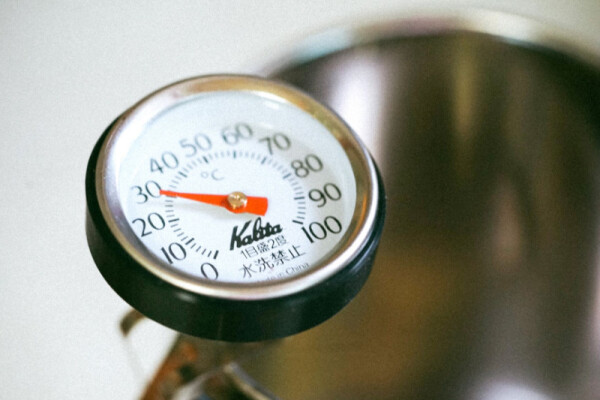Toll Free: (800) 888-8987 | Phone: (440) 835-3540 | office@ramsensors.com
Why Should You Calibrate Your Thermocouple?
A thermocouple is a sensor used to measure temperature in various settings such as residential, scientific, and industrial. For this temperature sensor to work accurately and effectively, it needs to be calibrated regularly.
Why It's Important to Calibrate Your Thermocouples
The process of calibration is one of the primary reasons why the machinery around you is operating safely. All measuring devices, not just thermocouples, go through the calibration process, or the checking of a measuring tool for accuracy. Calibration also involves adjusting the device to ensure that it is aligned to a certain standard. Note that the accuracy of measuring tools can change due to numerous factors, such as the age of the device.
Thermocouples are calibrated by comparing the device for calibration to another device with a proven accuracy. During this process of comparison, you can then identify your sensor's error of margin. With this information, you can then properly measure temperature using your thermocouple. Calibration can be done in a laboratory under strict and controlled conditions, or you can also carry out field calibration, which is much quicker.
Given how critical it is to collect accurate data, all measuring tools and equipment should not only be maintained properly but calibrated regularly. If you fail to calibrate your sensors, you are at risk of gathering inaccurate data, which can significantly impact your industrial process. Industrial temperature sensors that are not properly calibrated are useless since you have no way to be certain that they are measuring temperature correctly.
How Thermocouple Calibration Works
A thermocouple consists of a pair of wire legs made of two distinct metals - one is positive while the other is negative. These two wires are joined together at one end known as the hot, or measuring, junction. The other end is known as the cold, or reference, junction. To take the temperature measurement, the hot junction is exposed to the substance being measured, while the cold junction is connected to a different temperature. Considering the temperature difference between the hot junction and cold junction, a difference in voltage can be calculated between the two wire legs at the cold junction.
The voltage used to identify the differences in temperature is generated along the entire length of the wires between the two junctions. The accuracy of the measurement voltage depends primarily on the homogeneity of each wire. This means that the wires must have a consistent composition throughout.
Unfortunately, thermocouple wires can lose their homogenous nature over time, particularly in industrial settings. This change is caused by several factors such as mechanical damage, exposure to chemicals, and exposure to excessive heat (above 200 Celsius/392 Fahrenheit). When a section of the thermocouple wire is no longer homogenous, it can generate a different voltage, thereby causing inaccurate temperature measurement. To address this issue, thermocouples are subjected to regular calibration.
Contact RAM Sensors for Expert Thermocouple Calibration
To maintain the accuracy and quality of your temperature readings, make sure that your thermocouples are calibrated regularly. Annual calibration is recommended by experts. RAM Sensors offers a range of calibration certification services. Request one today!





